What's the meaning of the Coat of arms of Luxembourg »
Coat of arms of Luxembourg
This page is about the meaning, origin and characteristic of the symbol, emblem, seal, sign, logo or flag: Coat of arms of Luxembourg.
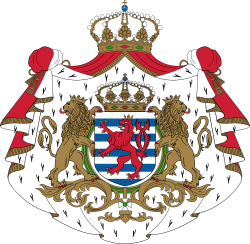
The coat of arms of Luxembourg has its origins in the Middle Ages, and was derived from that of the Duchy of Limburg, in modern day Belgium and the Netherlands. In heraldic language, these arms are described as: burely of 10 argent and azure, a lion rampant queue fourché in saltire gules armed, langued and crowned or.
- 837 Views
Graphical characteristics:
Asymmetric, Closed shape, Colorful, Contains both straight and curved lines, Has crossing lines.
Category: Emblems.
Coat of arms of Luxembourg is part of the Coat of Arms group.
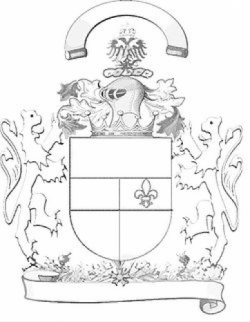
More symbols in Coat of Arms:
A coat of arms is a unique heraldic design on an escutcheon (i.e. shield), surcoat, or tabard. The coat of arms on an escutcheon forms the central element of the full heraldic achievement which consi… read more »
More symbols in Emblems:
An emblem is an abstract or representational pictorial image that represents a concept, like a moral truth, or an allegory, or a person, like a king or saint. Although words emblem and symbol are of… read more »
Citation
Use the citation below to add this symbol to your bibliography:
Style:MLAChicagoAPA
"Coat of arms of Luxembourg." Symbols.com. STANDS4 LLC, 2025. Web. 22 Jan. 2025. <https://www.symbols.com/symbol/coat-of-arms-of-luxembourg>.


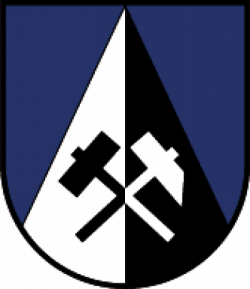
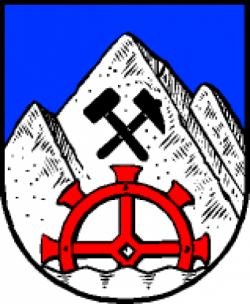
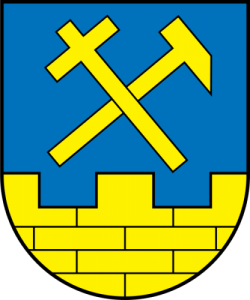
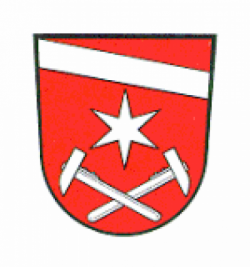

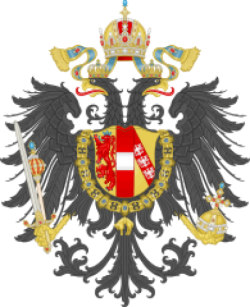

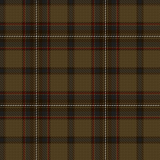

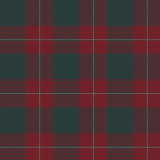
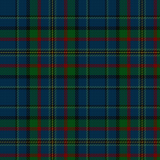




Have a discussion about Coat of arms of Luxembourg with the community:
Report Comment
We're doing our best to make sure our content is useful, accurate and safe.
If by any chance you spot an inappropriate comment while navigating through our website please use this form to let us know, and we'll take care of it shortly.
Attachment
You need to be logged in to favorite.
Log In